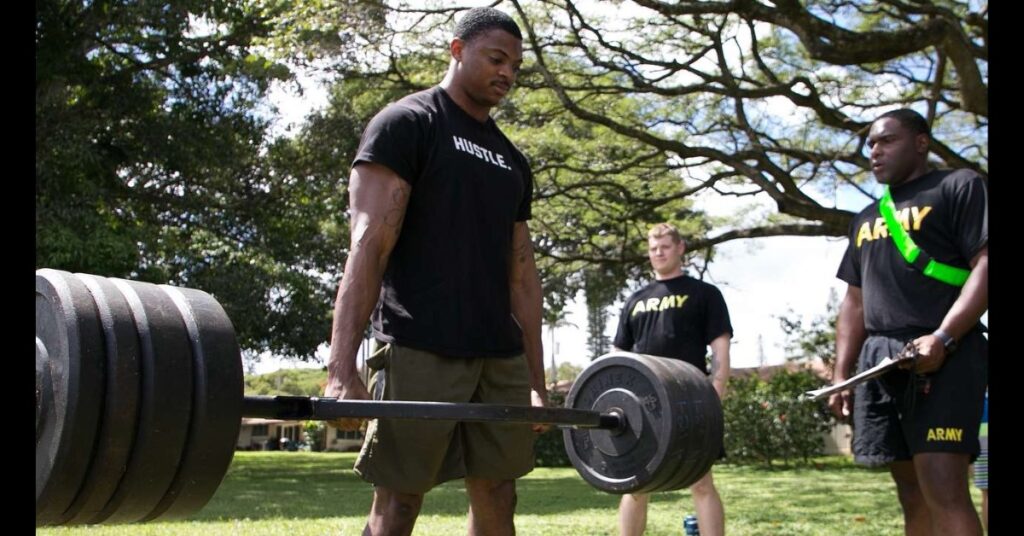Artificial Intelligence is big news this month as the technology continues to impact and improve almost every aspect of our daily lives. Visit the technology section of our site, and you’ll see AI is expanding at an incredible rate and showing no signs of slowing down anytime soon. Anyone thinking it was little more than another trend from the tech world and it wouldn’t last the test of time must re-think their position. Like it or not, AI is here to stay, and its worth in medicine, content, sports, and more is becoming increasingly obvious.
What have been your dealings with AI so far this year? You may have relied on the tech to help plan your next essay at school or presentation at work. Perhaps you used AI to discover a delicious new recipe or to manage better and predict your investments. The possibilities seem limitless, and we’ve only seen the tip of the iceberg. AI’s potential is exciting, and the next move is unpredictable, keeping everyone on their toes.
No sector has avoided the reach of AI, and we’ll see it used more than ever before in the upcoming National Football League season. From helping get the players in shape and up to speed ahead of the campaign to allowing coaches to identify their strongest players, football fans will notice major changes as the sport modernizes. Artificial Intelligence is even being used in modern gambling, creating strategies, managing budgets, and accelerating secure payment options.
AI is for everyone
It’s not just the most famous teams and high-earning players that benefit from the rise of AI. You, too, can use the tech to improve your fitness. Learn basic AI prompts, and you can quickly create a training plan that will get you in shape quickly and effectively. Supporters believe we could even see AI replace personal trainers and nutritionists in the coming years.
Download a reputable AI app on your smartphone and give it a try today. But before you trust technology to improve your health and fitness, read our article on how to create an exercise plan using AI. Our experts will bring you up to speed, sharing expert information and experience to ensure you have all the information required to begin your journey.

Understanding AI
Before diving into the process, it’s essential to understand how AI can enhance your fitness journey. AI in fitness primarily involves algorithms and machine learning models that analyze user data to create and optimize workout plans. These systems can adapt to your needs over time, ensuring that the plan remains effective as your fitness level improves.
AI can process vast amounts of data from wearable devices, fitness apps, and other sources to assess your physical activity, sleep patterns, and nutrition.
Based on the data, AI can tailor workouts to your fitness level, goals, and preferences. It might include adjusting the intensity, duration, and type of exercise. Many AI-driven fitness platforms provide real-time feedback, correcting your form, suggesting modifications, or motivating you to push harder. AI can modify your exercise plan dynamically based on your progress, ensuring continuous improvement and preventing plateaus.
Fitness platform
Several AI-powered fitness apps and platforms are available, each with unique features and benefits. The first step in creating an AI-driven exercise plan is choosing the right platform that aligns with your goals, preferences, and fitness level. Here are some options.
Freeletics: Known for its high-intensity bodyweight workouts, Freeletics uses AI to customize routines based on your feedback and progress.
Jefit: A strength training-focused app that uses AI to track your workouts, analyze your performance, and suggest improvements.
Fitbod: This app uses AI to create personalized strength training plans, considering your workout history, equipment availability, and recovery needs.
Aaptiv Coach: Aaptiv’s AI coach creates audio-guided workouts tailored to your fitness level and goals, offering a mix of cardio, strength, and flexibility exercises.
Setting goals
Once you’ve selected an AI-powered fitness platform, the next step is to set up your profile. That involves inputting personal data such as age, weight, height, fitness level, and any specific health conditions or injuries.
Ensure your fitness goals are Specific, Measurable, Achievable, Relevant, and Time-bound. For example, “I want to lose 10 pounds in 3 months by exercising four times a week.”
Decide whether your goal is to improve cardiovascular health, build muscle, increase flexibility, or maintain overall fitness.
Choose metrics to track progress, such as weight, body measurements, strength levels, or endurance capabilities. The AI will use this information to craft a personalized exercise plan that aligns with your objectives. Over time, the system will adapt based on your performance and feedback, ensuring continuous progress toward your goals.
Finalizing your plan
With your profile and goals set, the AI will generate a tailored exercise plan. This plan typically includes a mix of different types of workouts, depending on your goals.
AI often includes warm-up and cool-down exercises to prepare the body for the workout and prevent injury. These might involve dynamic stretching, light cardio, or mobility exercises.
If your goal is muscle gain or strength improvement, the plan will incorporate resistance exercises like weightlifting, bodyweight exercises, or resistance band workouts. For cardiovascular health or fat loss, AI will add aerobic exercises such as running, cycling, or HIIT (High-Intensity Interval Training). If your goal is muscle gain or strength improvement, the plan will incorporate resistance exercises like weightlifting, bodyweight exercises, or resistance band workouts. For cardiovascular health or fat loss, AI will add aerobic exercises such as running, cycling, or using a stair climber machine for home workouts. Including a stair climber machine for home use can effectively boost your cardio routine and help burn calories while engaging multiple muscle groups.
To improve flexibility or as part of a recovery routine, the plan may include yoga, Pilates, or stretching exercises. AI will schedule rest days or active recovery sessions to allow your muscles to recover, preventing overtraining and reducing the risk of injury.
Customization
AI will adjust the intensity of workouts based on your feedback and progress. If you find a workout too challenging or too easy, the system will adapt the following sessions accordingly.
To keep you engaged and prevent monotony, AI will introduce a variety of exercises and workout formats. It might include mixing up strength exercises, changing the duration of cardio sessions, or incorporating new flexibility drills.
Advanced AI systems use periodization techniques, cycling through different phases of training (e.g., hypertrophy, strength, endurance) to maximize results and prevent plateaus. Ready to give it a go? You now have the knowledge to get moving.







